Fynbos - What it is
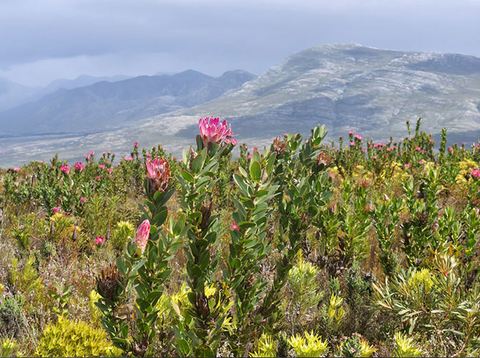
Fynbos is an evergreen, hard-leaved Mediterranean type shrubland that occurs on nutrient-poor soils derived from predominantly quartzitic sandstones and limestones. The name is derived from the Dutch word Fijnboch which when literally translated means ‘fine bush’. This vegetation type is distributed in an arc-shaped belt northwards from the Cape Peninsula as far as the Bokkeveld Plateau above Vanrhysdorp and eastwards to the city of Port Elizabeth.
Fynbos is also characterised by the presence of an enormous diversity of species from several key families: Restionaceae, Proteaceae, Ericaceae, Rutaceae and Iridaceae. The species diversity of fynbos is one of the main things that makes it so special. Table Mountain alone has more species of plants than the whole of the British Isles. The Fynbos Biome is home to one of the world’s richest floras, with more than 9,000 species of plants occurring within an area the size of Malawi or Portugal. Two thirds of these species are endemic to the region, thus meaning that they occur nowhere else on earth. In addition, when looking at diversity at the macro-scale within fynbos vegetation, it is home to between 150-170 unique species per 1,000 km thus making it two to three times more species diverse than the world’s rainforests.
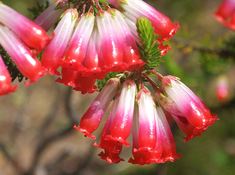
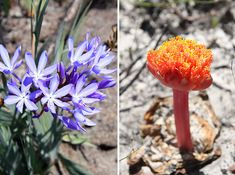
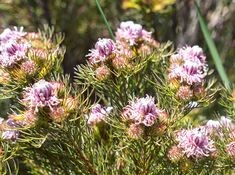
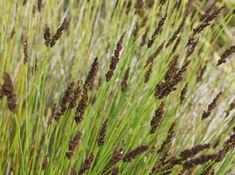
Diversity
Scientists have debated for decades about why the vegetation of the CFR is so biodiverse and have to date failed to come up with a definitive answer that is accepted by all. It is particularly extraordinary that such a diverse flora and vegetation has evolved to occur on such nutrient-poor soils. The majority of fynbos soils are derived from quartzitic sandstones and are consequently not dissimilar to glass in their composition. Various theories have been put forward to try and solve this mystery. One is that slightly differing ratios in soil nutrients have created the presence of numerous different micro habitats to be occupied by a greater diversity of different species. Secondly there is the possibility that the diversity of microhabitats brought about by variations in topography and microclimate within the CFR are also a contributory factor to the evolution of the Cape flora. Pollination biologists have also suggested that the diversity of plants is as a result of evolution through a diversity of different pollinators, from insects to mice. The debate continues to this day.
In common with vegetation from several other Mediterranean type ecosystems, Fynbos is both fire-prone and fire-adapted. The vegetation needs regular fire at an interval of between 10-14 years in order to remain in optimum condition. It is a critical part of nutrient cycling in fynbos, it prevents excessive build up of pathogens and rejuvenates old and senescent vegetation. There are also some fynbos plant species that only grow and flower immediately after fire and chemicals from the smoke during a burn are a critical driver of fynbos seed germination post burn.
In common with the diversity of plant species within the fynbos of the CFR, there are also a plethora of different pollinators. Just within the context of insects there are long-tongued flies, butterflies, moths horseflies and many more. Numerous Cape species are adapted for pollination by avian visitors comprising the nectar-feeding sunbirds and sugarbirds. A total of 4% of fynbos species (around 430 species) are adapted for pollination by rodents. There is a diversity of different flower colours, forms, scents and nectar to match the diversity of available pollinators to facilitate reproduction. Next time you look at a flower ponder on who else might be visiting it.
So there you have the fynbos of the Cape Floristic Region in a nutshell. Keep reading for future articles with more information on what is outlined in this introduction here. Most importantly I implore you to go and and explore and find out for yourselves exactly what makes this globally important vegetation so special. Climb the mountains of the CFR, explore lowland fragments and protected areas on your doorstep. Take custodianship, raise awareness and take part in the conservation of this vital component of South Africa’s natural heritage.